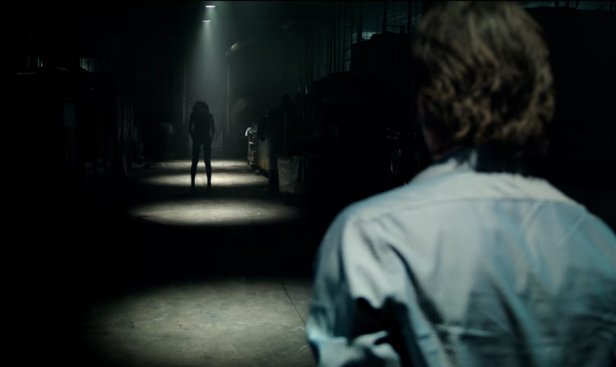Film Review: Lights Out
Under-Illuminated Ghost Story Is Too Dim To Really Be Scary


Latest Article|September 3, 2020|Free
::Making Grown Men Cry Since 1992

